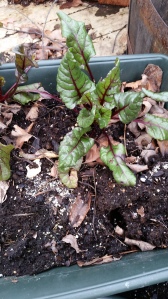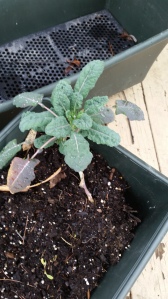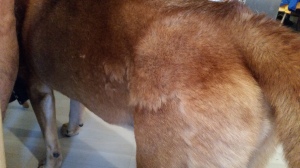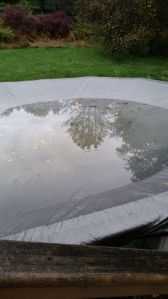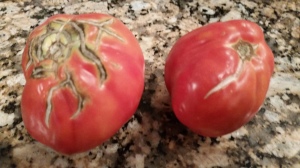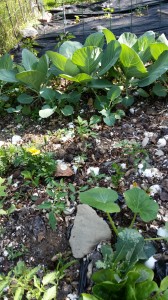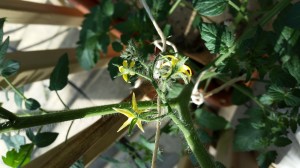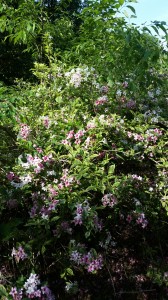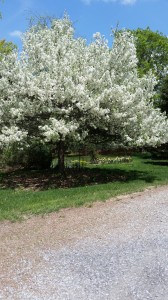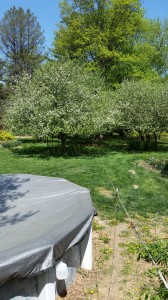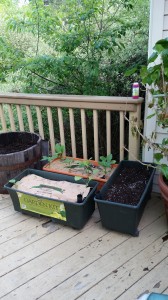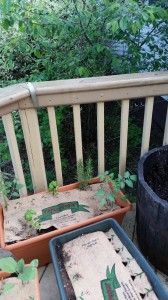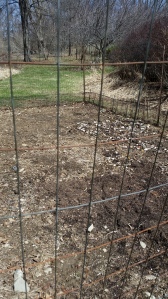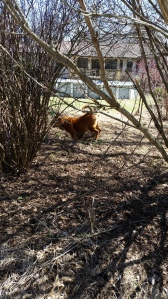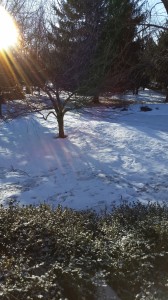While talking with a friend about early American food, and the divergence between American cookery and British, he said the differences were due to the influx of immigrants with their regional cuisines.
Yes, that is partly true, but more so later on,
The truth is that what was eaten began diverging right away.
Take the word corn for example. In Britain, corn was a general term for grain. (So in the nursery rhyme ‘the cows in the corn’, the cows could have been in the wheat. the term used for corn was the American Indian word maize.
Corn was a staple of the American diet, eaten in a variety of ways: bread, pancakes, pone (little cakes) and so on. Including something called ash pone which was cooked in the ashes. (Yuck?)
Squash, another Indian name for an American vegetable, was an addition to the American diet.
They did have something they called pumpkin pie but we would not recognize it. It was slices of raw apple and pumpkin sugared and cooked in a crust. (Unappealing, I think. I tried a recipe for a Shaker lemon pie which was slices of raw lemon, heavily sugared and baked in a pie. Incredibly sour, despite the sugar. But I digress). What we would call pumpkin pie (stewed pumpkin stewed with sugar and spices) was called a pudding at that time.
Other differences: corn cobs were used to smoke bacon and cranberry sauce accompanied the roast turkey, cranberries being an American fruit. Mince pie, by the way, was made with meat – usually venison, not apples and raisins as it is now.
One of the early recipes gives directions for spruce beer. Yes, it really does contain spruce, but also hops and molasses. And speaking of molasses, this is a word Americans, even from this time forward, have used in preference to the more British treacle.

